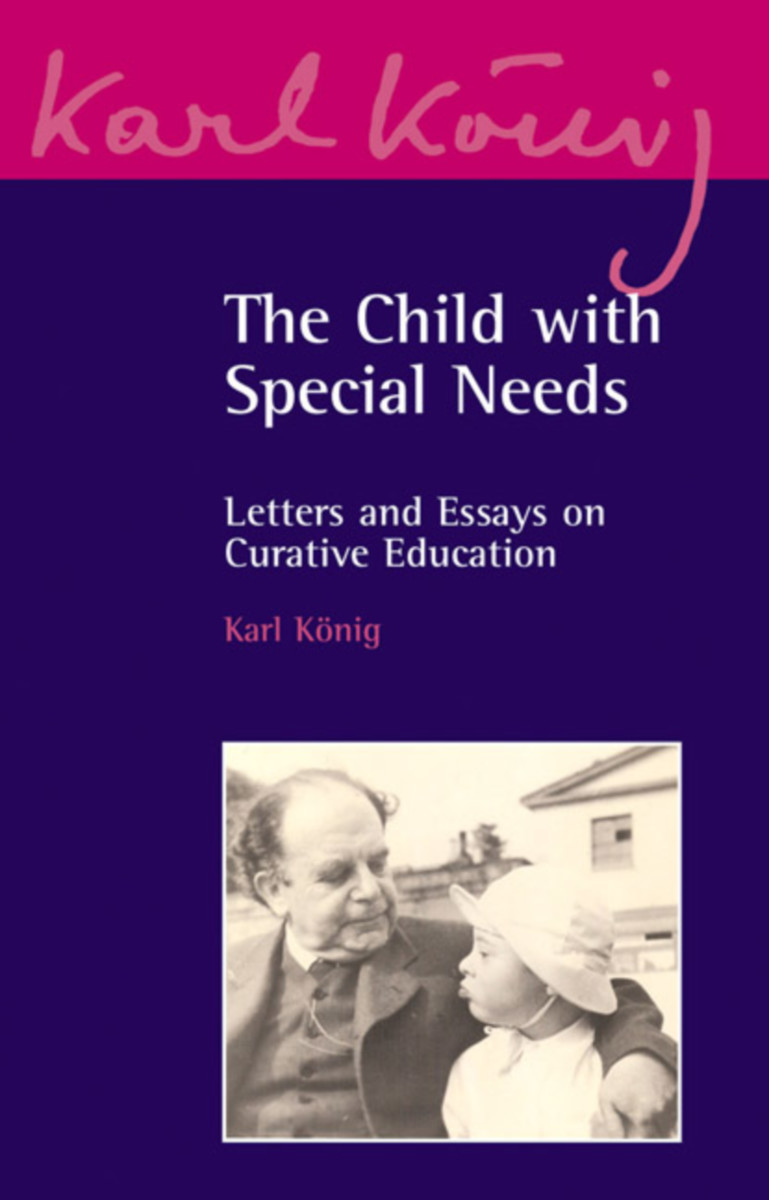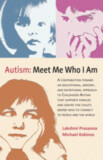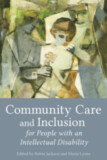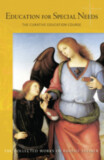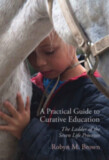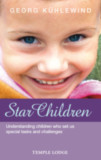Foreword by Peter Selg
Edited by Peter Selg
Introduction by Georg von Arnim
Translated by Regina Erich
Series edited by Richard Steel
- Publisher
Floris Books - Published
23rd April 2009 - ISBN 9780863156939
- Language English
- Pages 224 pp.
- Size 5.5" x 8.5"
Karl König founded the Camphill movement and was a prolific lecturer and writer on a wide range of subjects, including Anthroposophy, Christology, social issues, therapeutic education, science, and history. The Karl König Archive is a program that will gradually publish all of König’s works.
In this remarkable collection of Dr. König’s letters and essays, he considers and discusses the fundamentals of special needs education. He shows that there are three core aspects of a successful holistic approach to healing. First is a positive social environment, which in the context of Camphill arises through small family units of caregivers and children. Second, the caregivers’ work is based on insightful understanding of the nature and potential of each disability. And third, medical treatment it imbued with courage to keep the faith that the impossible can be made possible.
This collection of Karl König's letters and essays makes a significant contribution to social and pedagogical discussions surrounding the fundamentals of special-needs education and therapeutic settings.
C O N T E N T S:
Foreword by Peter Selg
Introduction: “Karl König—Curative Teacher and Physician” by Georg von Arnim
TO PARENTS
1. Letter to the Parents of Camphill at Lake Constance
2. To the Mother of a Down’s Syndrome Child
THE TASK AND ETHICS OF CURATIVE EDUCATION
3. The Purpose and Value of Curative–Educational Work
4. The Care and Education of Handicapped Children
5. Basic Issues of Curative–Educational Diagnosis and Therapy
CURATIVE EDUCATION, MODERN CIVILIZATION AND SOCIAL COMMUNITY
6. The Three Foundations of Curative Education
7. Modern Curative Education as a Social Issue
8. Curative Education as a Social Task
THE HISTORY AND FUTURE OF CURATIVE EDUCATION
9. Mignon: The History of Curative Education
10. Adalbert Stifter and Curative Education
EUTHANASIA
11. The Problem of Euthanasia
12. Euthanasia as a Challenge to Society Today
Karl König
Dr. Karl König (1902–1966) born on September 25th 1902 in Vienna, Austria, the only son of a Jewish family who owned a shoe shop. He studied zoology, biology, and medicine at the University of Vienna, graduating in 1927. During his studies on embryology, König encountered the works of Rudolf Steiner through Goethe's scientific writings. He immediately identified with Steiner and was soon acquainted with a number of his followers, including Ita Wegman.
Upon graduation, König was offered several high-profile positions in Vienna, but instead accepted an invitation from Ita Wegman to join her clinic in Arlesheim, Switzerland.
König's time at the Clinic would shape the Camphill movement. It was here that he met his wife and co-founder, Tilla Maasberg, and it was here that he first witnessed the Advent Garden. During this festival, during which children with learning disabilities circle a spiral of moss, lighting a candle from a large central beacon, he promised to dedicate his life “to the care and education of these children.”
Following his time at Arlesheim, König moved to Germany and was involved in founding the Pilgramshain Institute—one of the early curative educational (therapeutic) centers based on anthroposophy. However, due to the political pressure of the Nazi regime, König was forced to leave Germany in 1936. He returned to Vienna, where he operated a successful medical practice and led anthroposophic study groups until 1938.
Fleeing Austria after Nazi annexation in 1938, König became part of a small group of doctors, teachers, and artists to be granted political asylum in the United Kingdom in 1939. König moved to Aberdeenshire, Scotland, where this group founded a home for children with learning disabilities, which became the beginning of the Camphill movement. After World War II, more schools were established, as well as curative education villages for adults with disabilities, based on the ideal of working together as a community.
In the following decades, König's Aberdeenshire community grew and expanded into Britain, Europe, and North America, becoming the Camphill movement we know today. During this period, König worked tirelessly to help children and adults with special needs through publications, talks, and seminars—as well as by establishing communities around the world.
Karl König returned to Germany in 1964 and began yet another community, this one near Überlingen, on Lake Constance (Bodensee), where he died in 1966.


